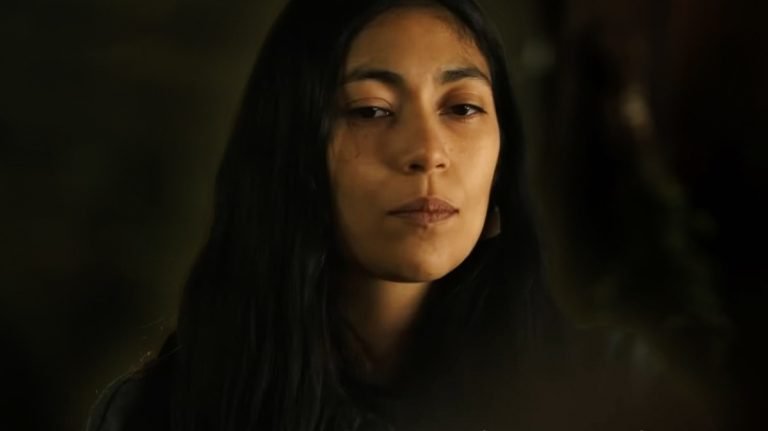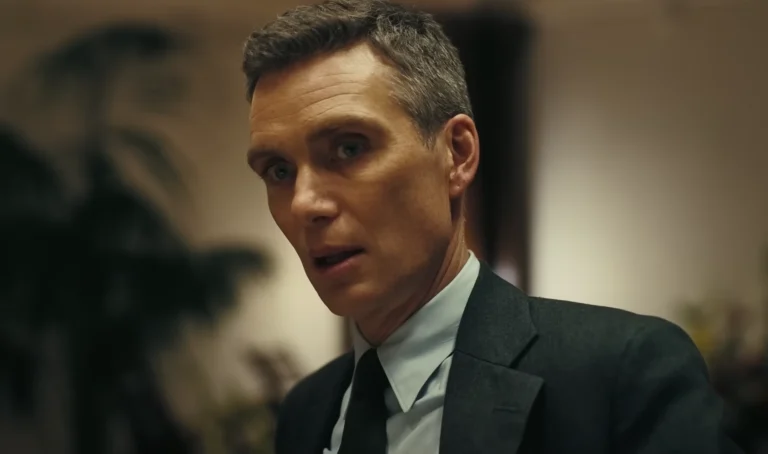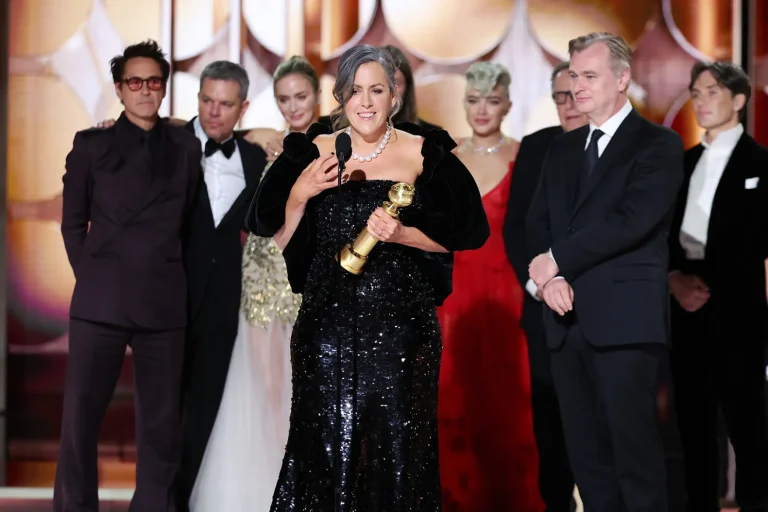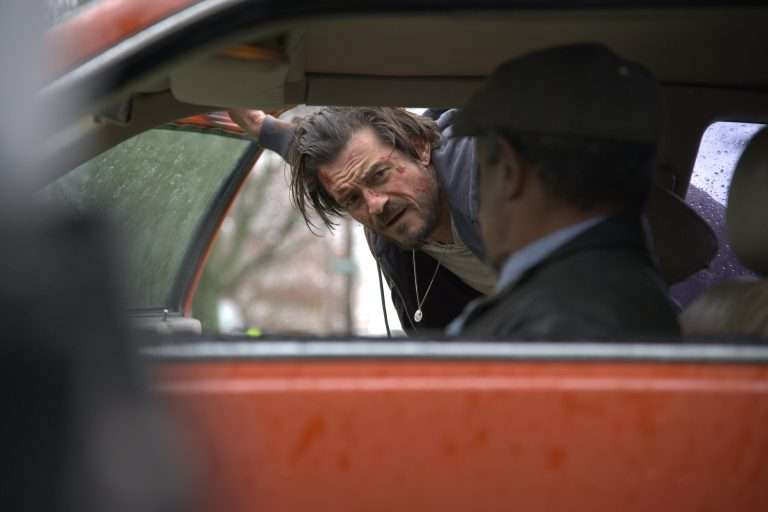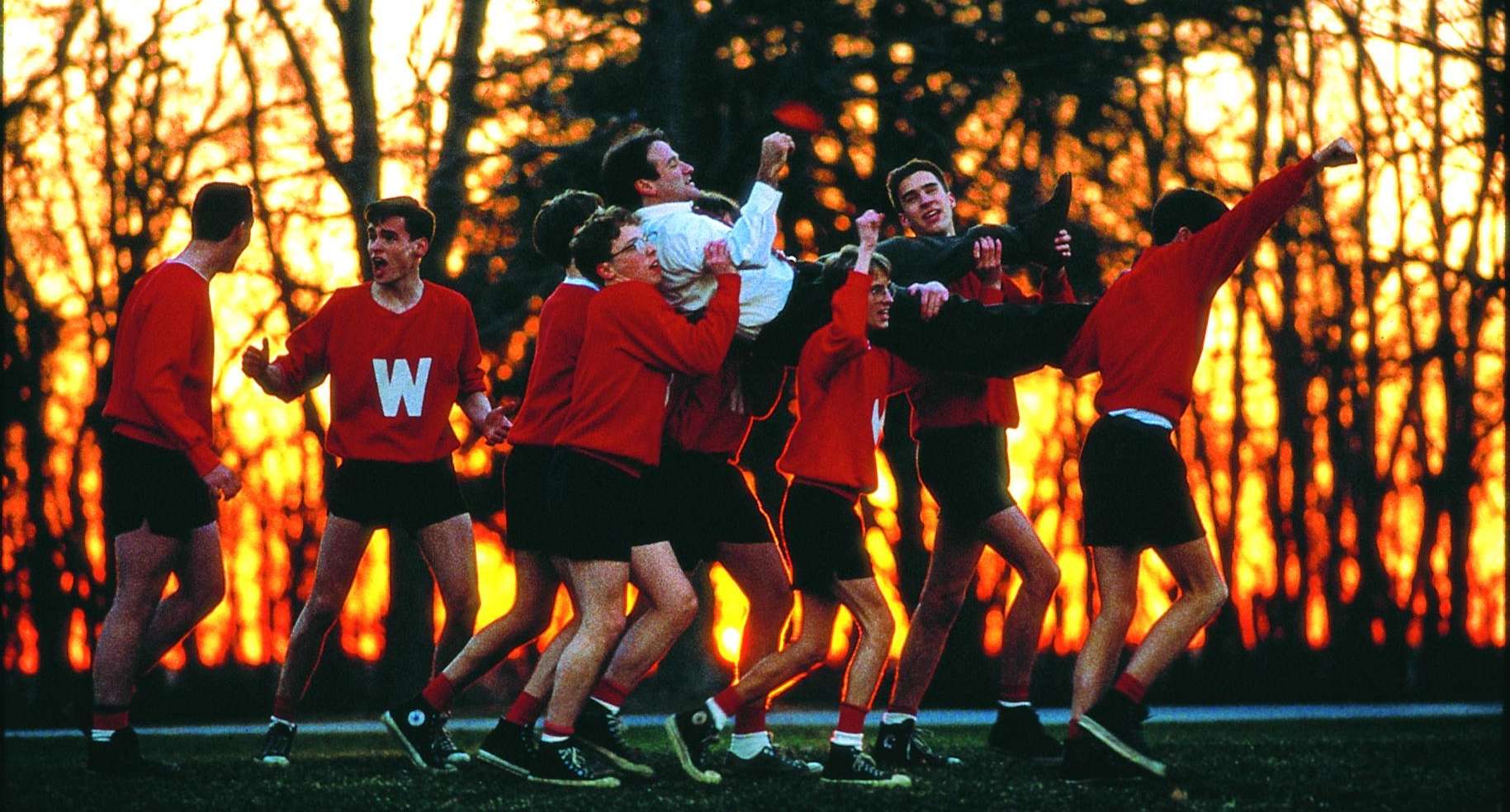Ponniyin Selvan II (2023) Movie Review: It’s often said that filmmakers with deep reverence and love toward a particular literary work should refrain from adapting it into a film. You often run into the possibility of getting overly self-indulgent in the process of perfecting every little detail. After all, the visual mode of storytelling demands a different set of ideals and sensibilities. Then, of course, you run into the probability of letting down the fans of the source material.
Kalki Krishnamurthy’s epic novel “Ponniyin Selvan” waited for more than six decades for the right time to claim its rightful place on Indian celluloid. Set in the 10th century, the story is about the ascent of its titular character of the same name, who is widely known as Rajaraja Chola I. Inspired by true events yet not entirely factually accurate, the saga is of how and why Arulmozhi succeeds his father Sundara Cholan, against an overarching backdrop of the political rivalry unfolding between the Cholas and Pandyas.
The soul of Kalki’s novel waited for a filmmaker like Mani Ratnam, whose vision and visual thinking matched his own – a testament to the wide catalog of critically and commercially acclaimed hits the director has given. With last year’s hit “Ponniyin Selvan I,” Ratnam brought the author’s grand scale world to its much more challenging visual fruition. That film ended on a cliffhanger, leaving fans anticipating what would happen next.
After being rescued by Oomai Rani from the ocean, Arulmozhi Varman (Jayam Ravi) is now severely ill. Meanwhile, Vallavarayan Vandhiyadhevan (Karthi) and Poonguzhali (Aishwarya Lekshmi) decide to take him to a Buddhist monastery where he can be cured. Meanwhile, Nandini, along with Pandians, conspires to kill Sundara Cholar (Prakash Raj) and Aditha Karikalan on the day of the full moon. For that, she invites Aditha Karikalan to Kadambur Fort for the alleged reason of posing a deal with Madhurandhagan (Rahman), who has now formed a rebellion claiming the throne of the Chola kingdom in Arulmozhi’s absence. Learning of the plans, Vandhiyadhevan, still trying to act as a harbinger of peace, passes on the message to his beloved Kundhavai (Trisha).
Part one of Ratnam’s duology primarily focused on setting up the dynamics of the world, mostly through elaborate set pieces and musical numbers. In the second film, the director lets us see through the characters’ vulnerability as the smoke of their burning ideals gradually starts to reek upon their personal relationship. For instance, in the first film, Kundhavai cheekily turns the political tables on her rivals through one of her clever tactics.
In part two, we get a brief yet telling glimpse into the insecure side of her largely poised personality, where she fails as a tactician in the opening childhood flashback. In the same brilliant prologue, Ratnam sets up the central overarching conflict of the story between Nandini and Aditha Karikalan. In doing so, he not only sets the dramatic hold of the movie but also restricts the film from getting overwhelmed by a plethora of dense subplots that Kalki’s five-part novel chronicled.
In a scene later, Karikalan talks about what’s at stake for his dynasty, with the Chola flag waving in the middle of the frame. Similarly, when a bloodied Vanthiyathevan is woken up by the Pandyas with water soaked in turmeric, his face is smeared with red and yellow, aptly signifying the colors of the flags that wage war against each other in the film’s final act. It’s a scene that is adroitly followed by a ritual of animal sacrifice being carried out in the same water-bathed colors. Thus, even while placing us right in the middle of the boiled conflict, Ratnam doesn’t lose touch with the world-building that his visual style has mastered to showcase over decades.
In the film’s most sensual and restrained scene, Vandhiyadhevan is blindfolded and put on a tiny island. Kundhavai goes to interrogate him and slowly circles him with a sword pointing to his neck. What follows is the most tantalizing moment I’ve seen on the big screen in a while. But by far, the film’s most private moment comes inside a small room within a monastery where the three siblings finally reunite and hug. As a viewer, you sense you would perhaps never see them like that again, as echoed by the melancholic tunes in the background.
Ratnam has been a master of placing frames within frames in his films. There’s also a reliance on using mirrors, almost acting as subjective reflections of the dilemma that his characters go through. The first scene where Karikalan sees Nandini plays as a brilliant instance that helps one realize just how good the filmmaker is when it comes to switching perspectives, which makes the drama all the more realized.
In the Buddhist monastery, we get a prolonged sequence where the Pandyas come camouflaged in monks’ clothing to kill Arulmozhi. It’s all established without any dialogue through a pristine arc shot, followed by an overhead shot where the monks walk encircling the young prince. Similarly, an overhead shot where the ailing king opens up about his own troubled past beautifully homages to Ratnam’s 1997 sprawling drama “Iruvar,” which also starred Prakash Raj in the lead. The director – along with his DoP, Ravi Varman – uses the camera in a characteristic fashion while staying committed to the well-realized choreography during intimate character moments. Alas, the same doesn’t translate to the action set pieces.
The interval crescendo of the first film remains one of the best midpoints I’ve seen in an Indian film in a while. It’s because Ratnam used it to set a world of conflicts that clashed against each other in the characters of Nandini and Karikalan. However, the same brimming intensity isn’t reached with this movie, as Ratnam places it with an action chase set across a craggy marketplace.
Being his most grandiose project also means that both his strongholds as well as limitations as a director get equally amplified in this sprawling saga. While his natural flair for depicting escalating drama is further enhanced by the politically fuelled narrative, Ratnam’s way of articulating action and chaos is often limited to trembling and shaky camera moves. Thus, the momentum of the action is undermined by shaking things around it. As a consequence of that, the parts bursting with action don’t come close to the world bursting with emotions.
The film’s most defining moment comes when Nandini and Karikalan – two people who have brought out the worst in each other and yet are still unable to shake off their feelings – finally confront each other. The scene is where “Ponniyin Selvan II” crescendos, as it’s followed by a cathartic moment where their enigmatic character arcs come full circle. It’s everything that Ratnam does best and more. But after this point, the movie hurdles itself to its last action set piece. As the viewer, you can’t help but wonder how such moments should’ve deserved a second to get fully registered to absorb their gravity.
Through both films, something that’s contributed greatly to translating the scale and scope of the story into a visual odyssey is the score by A. R. Rahman. The epic raises harmonize with the world-building, echoing the grandiosity of the overarching story. It’s an inseparable part of the vision that Ratnam has had for decades. The film marks the fifteenth collaboration between the filmmaker and the composer. While the first part didn’t shy away from dedicating screen time to lavish song sequences to aid the world-building, in the second part, Rahman uses percussion to forebode the impending poignancy that looms over the worldview of the characters. It might be the duo’s most accomplished work yet.
With “Ponniyin Selvan II,” Mani Ratnam steers away from the temptations that push so many filmmakers to the point of self-indulgence when it comes to their passion projects. Indian cinema seems to have forgotten how to show great moments of tender love and passion, and Ratnam injects those emotions with themes of power and betrayal while reminding us what can be done with good staging.
It’s a historical epic where your major takeaway won’t be determined by big action set pieces but from moments where the film lets you linger on the faces of its multifaceted characters. After all, the ace filmmaker’s prowess always stood as a testament to how mass movie moments don’t necessarily ought to be always big in action. The movie succeeds when it stays committed to the interpersonal dynamics of the story. It’s astonishing, as even in doing so, Ratnam stays more faithful to his craft than to the source material. There goes the formula of adapting literary work onto the visual medium.


